- Grammy-winning R&B artist D’Angelo has died at 51 after a private battle with…
Category: 5. Entertainment
-

R&B Singer D’Angelo Dead at 51 After Battle With Pancreatic Cancer
Share on Pinterest D’Angelo’s untimely passing is a stark reminder of the devastating effects of pancreatic cancer. Frans Schellekens/Redferns/Getty Images -
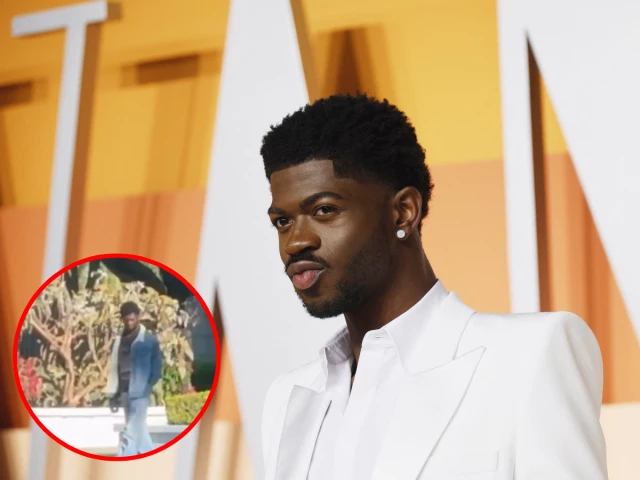
Lil Nas X makes first public appearance after viral arrest and criminal charges
Lil Nas X steps out in Los Angeles for the first time since his viral arrest and battery charges made headlines
Lil Nas X has been spotted in public for…
Continue Reading
-
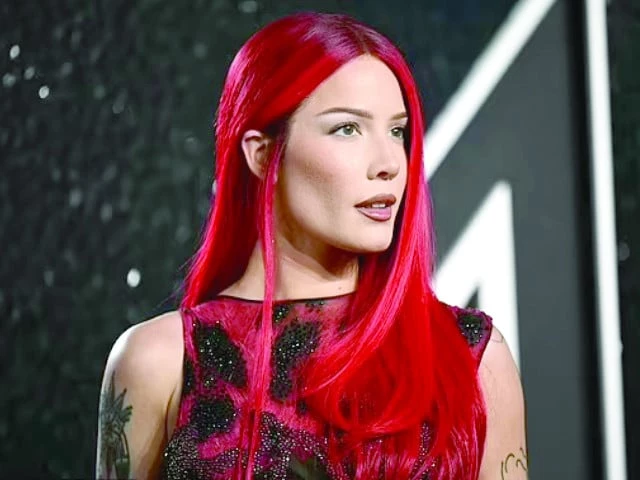
Halsey disses Kanye before performing ‘Tokyo Narita’ on Back to Badlands tour
Halsey calls out Ye before performing Tokyo Narita, referencing him in lyrics, during a moment on tour
During a recent stop on her Back to Badlands tour,…
Continue Reading
-
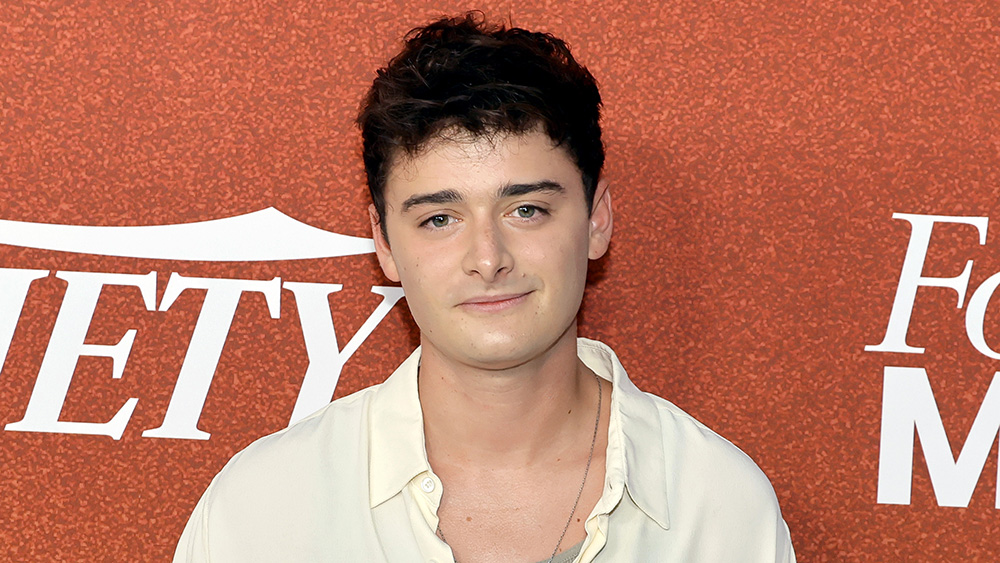
Noah Schnapp Says Press Would Ask Questions: ‘Are You Gay?’
Noah Schnapp joined his “Stranger Things” co-stars on the cover of Time magazine and recalled journalists prying for information about his sexuality during press junkets when he was just a young teenager. Schnapp publicly came out as gay in…
Continue Reading
-
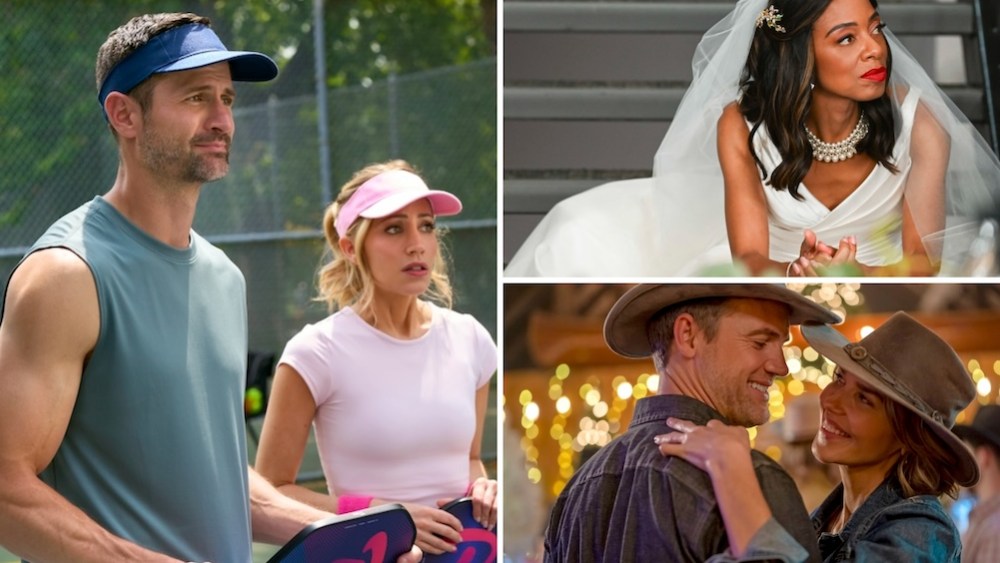
Lifetime’s Christmas Movies Schedule for 2025: Full Holiday Slate
“It’s a Wonderful Lifetime” time has arrived. Lifetime’s holiday programming event kicks off on November 29. This year, the slate includes 12 new Christmas movies, airing on Fridays and Saturdays beginning…
Continue Reading
-
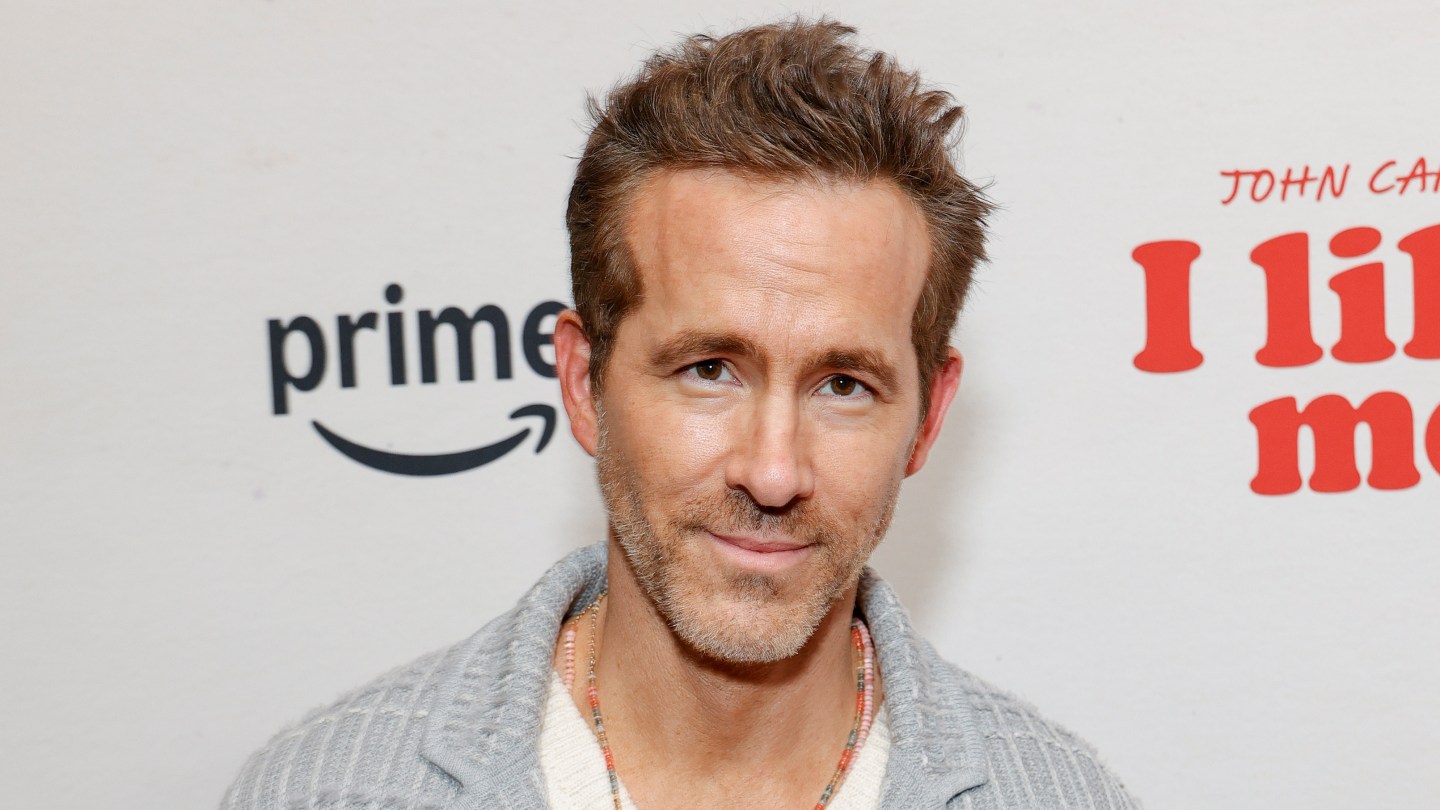
Ryan Reynolds’ Group Effort Initiative Teams With WME for NXT Sessions
WME and Group Effort Initiative are linking arms for the next installment of NXT Industry Sessions.
The free virtual program — designed to “democratize access to the entertainment industry by providing industry…
Continue Reading
-
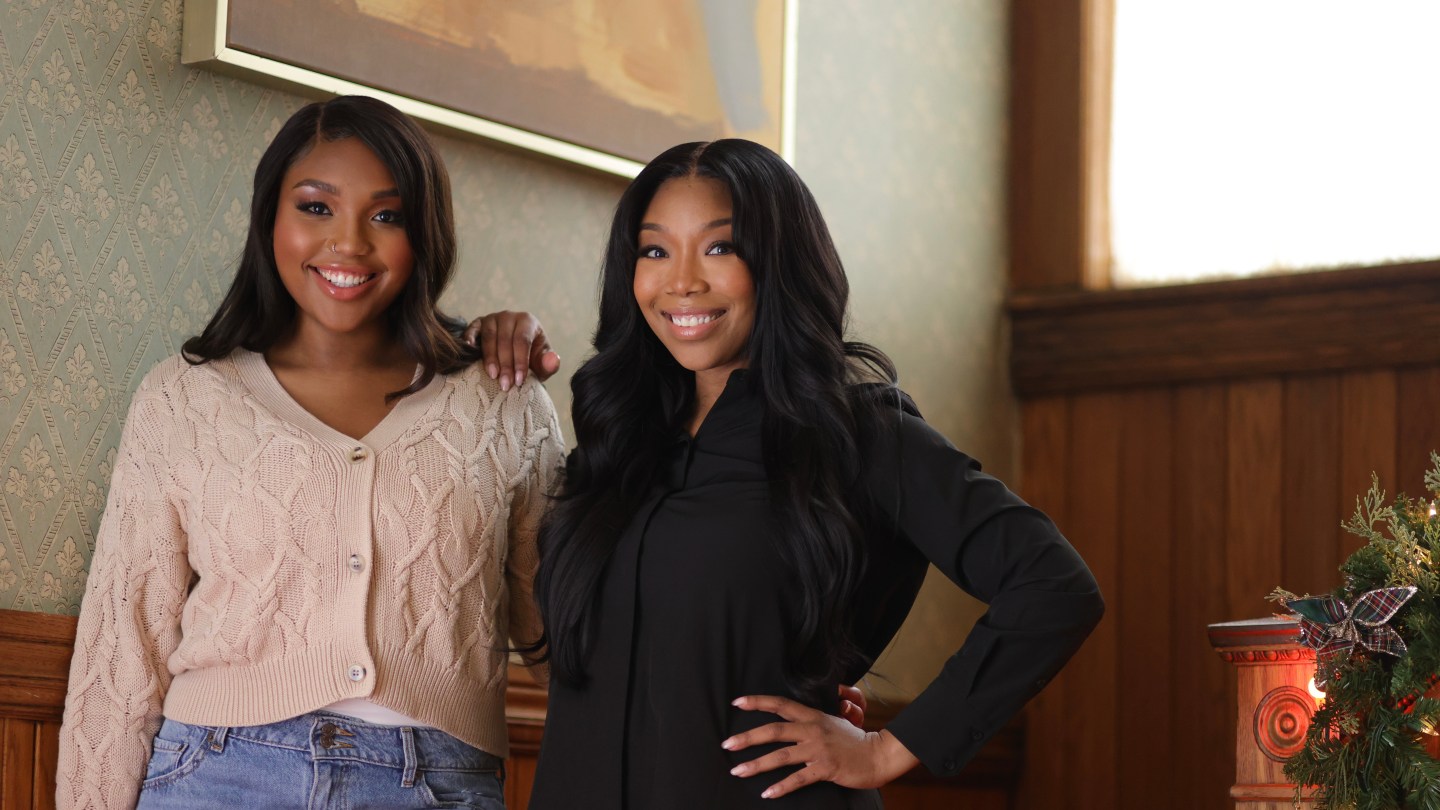
Lifetime 2025 Holiday Movie Slate Revealed
It’s almost that time of the year, with Lifetime unveiling its 2025 holiday movie slate.
The cable channel has 12 Christmas-themed movies set to kick off Nov. 29, including Loretta Devine and Naika Toussaint in Deck the…
Continue Reading
-

Netflix Sets New Romance Drama ‘The Granville Girls’
Netflix has given a greenlight to a new 8-episode historical romance series, The Granville Girls.
The scripted series from showrunner and writer Adriana Maggs and Canadian indie producer Shaftesbury is based on The Gilbert Girls book…
Continue Reading
-
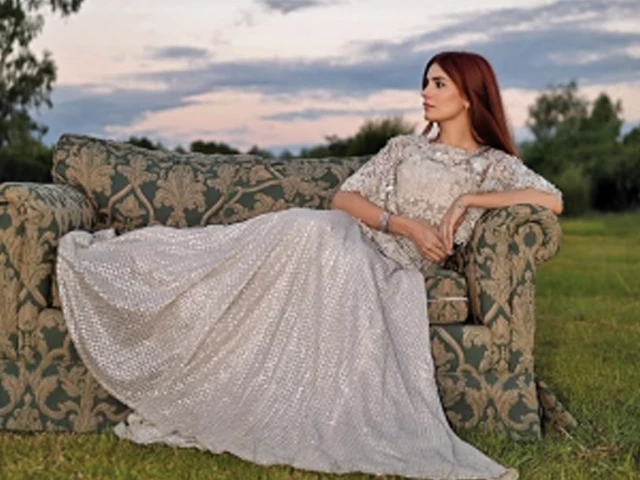
Serene and grounded, Momina Mustehsan returns online
KARACHI:Singer Momina Mustehsan has made a graceful return to social media…
Continue Reading
-
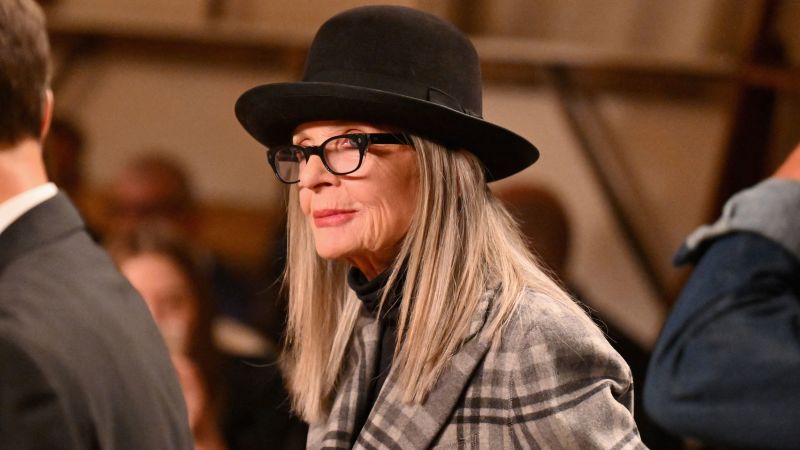
New details released about the death of Diane Keaton
Actress Diane Keaton died on Saturday after falling ill with pneumonia, according to a death certificate obtained by CNN.
Specifically, Keaton’s cause of death was listed on the document…
Continue Reading